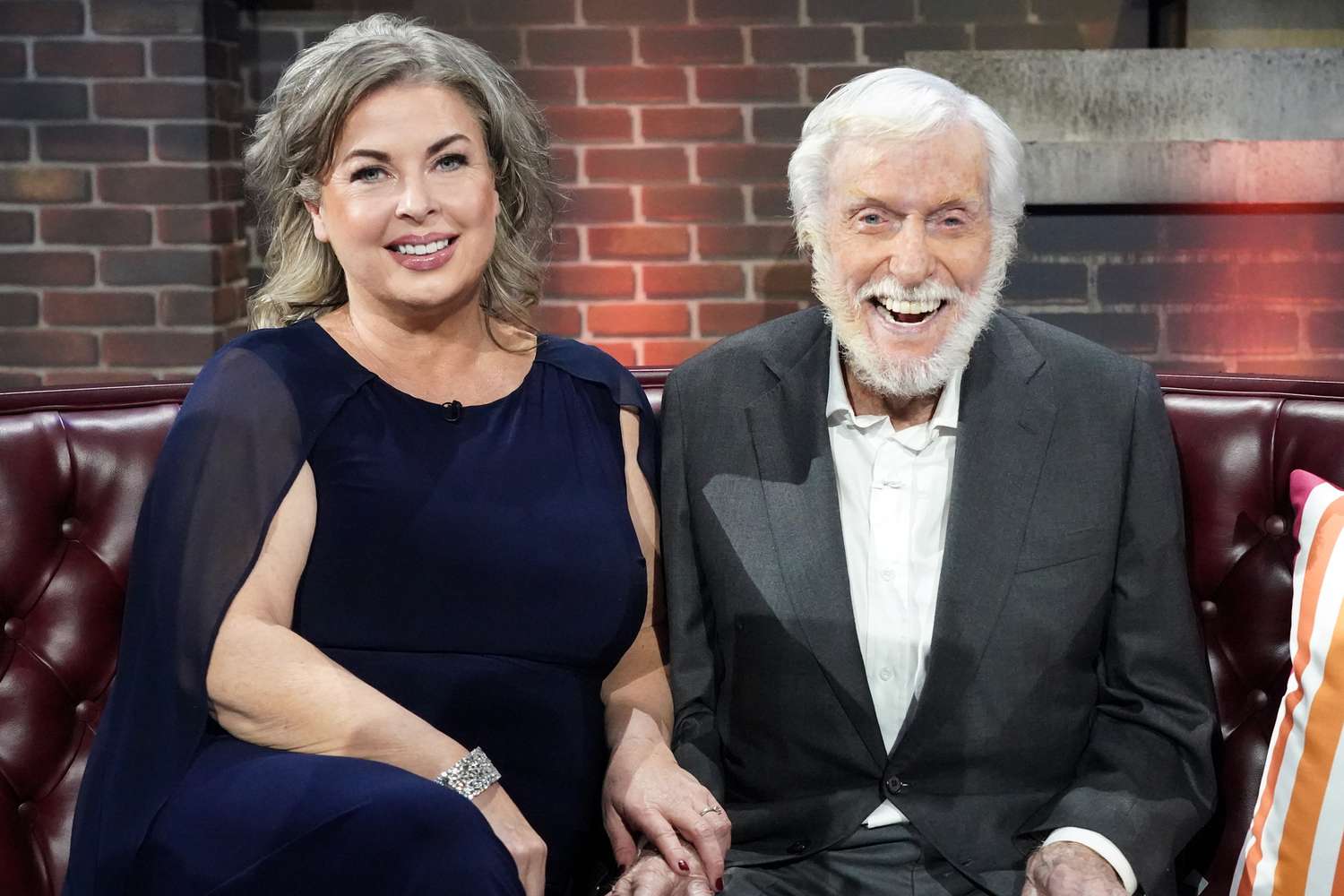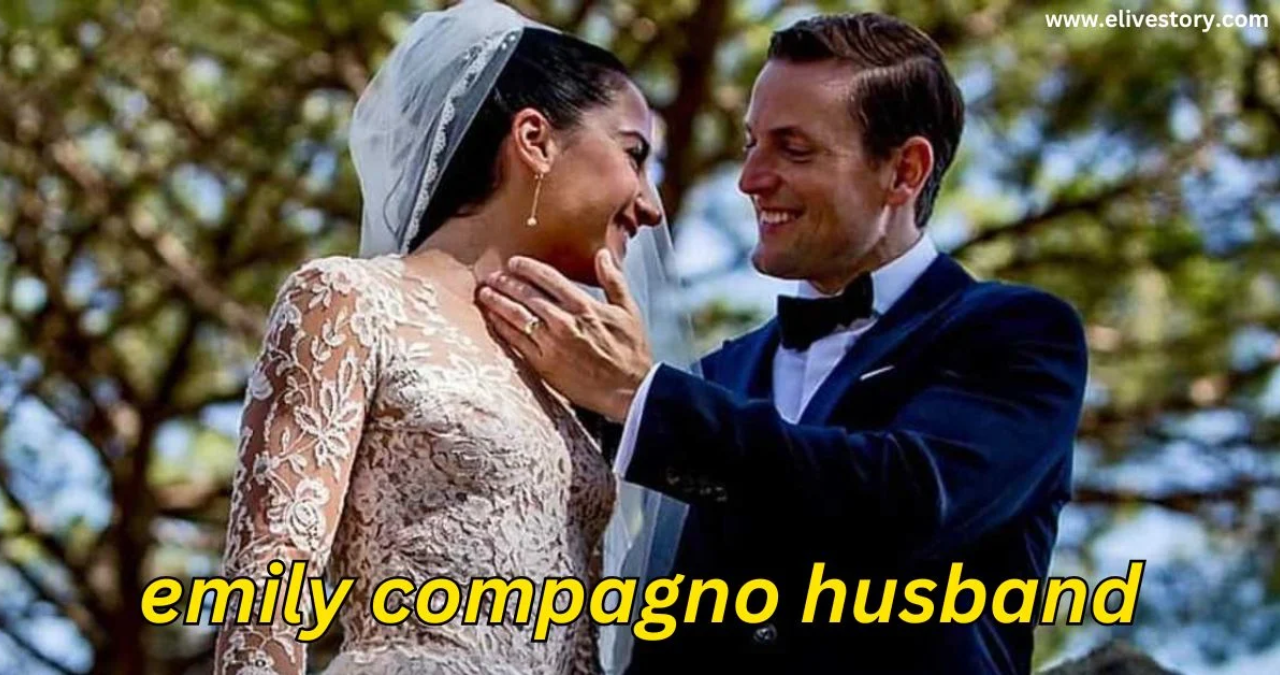Discover the true story of Marianne Bachmeier, a mother who took justice into her own hands after her daughter’s tragic murder. An in-depth look at her life, actions, and legacy.
The Woman Behind the Name Marianne Bachmeier
Marianne Bachmeier is a name that resonates deeply with themes of justice, grief, and moral complexity. Her story is not one easily forgotten, and it’s certainly not one that fits neatly into any category of right or wrong. Known across the globe, particularly in Germany, for her highly publicized act of vigilante justice, Marianne became a symbol of raw, unfiltered emotion and the pursuit of justice at any cost.
Her name began circulating in the media after the murder of her young daughter and her subsequent decision to take the law into her own hands. What followed was a media frenzy and a national conversation about justice, the legal system, and a mother’s love pushed to its limits. But who was Marianne Bachmeier before and after that tragic day? To truly understand her actions and legacy, it’s crucial to delve deeper into her life, her motivations, and the impact she left behind.
Bachmeier’s story remains relevant because it taps into universal emotions—grief, anger, and the desire for justice. It also questions the boundaries between lawful action and moral righteousness. These are themes that continue to captivate and challenge audiences even decades later.
The Tragic Loss That Changed Everything
On March 5, 1981, Marianne Bachmeier’s life changed forever. Her 7-year-old daughter, Anna, was abducted and murdered in Lübeck, West Germany. The accused, Klaus Grabowski, had a disturbing history. A convicted sex offender with a record of crimes against children, he was living under the condition that he would undergo chemical castration—a procedure he later had reversed.
Anna had run away after a minor argument at home and ended up at Grabowski’s house. Rather than contacting her mother or the authorities, Grabowski kept Anna there for hours. Realizing the severity of his actions and fearing a return to prison due to his criminal past, he murdered her and placed her body in a box, which he left near a canal.
The murder shocked the nation. The media swarmed the story. Marianne, who had already lived a difficult life, was thrown into the depths of grief and trauma. The trial for Grabowski was scheduled, and the eyes of the public were watching, expecting the justice system to do its part. But what happened next made headlines around the world and cemented Marianne Bachmeier’s name in history.
The pain of losing a child is unimaginable. For Marianne, the idea that the legal system might not deliver the justice she and her daughter deserved was too much to bear. It is this emotional breaking point that led to her extraordinary actions.
The Courtroom Shooting: A Moment of Vigilante Justice
On March 6, 1981—just one day after the first anniversary of Anna’s murder—Marianne Bachmeier smuggled a small pistol into the courtroom where Grabowski’s trial was set to take place. As he sat awaiting proceedings, Marianne pulled out the gun and shot him seven times, killing him instantly.
The entire courtroom erupted into chaos. Some witnesses described a scene of horror; others quietly cheered her on. Marianne was immediately arrested, and what followed was a whirlwind of media coverage, legal scrutiny, and public debate. Some saw her as a grieving mother exacting justice where the system had failed; others viewed her actions as unlawful and dangerous.
Vigilante justice is a controversial subject. In Marianne’s case, the question wasn’t just about legality but also about morality. Was she right to do what she did? Could anyone truly blame her? These questions remain central to discussions about her story today.
The trial that followed was just as dramatic. It wasn’t only about whether she was guilty, but about why she had done it. The court considered her emotional state, the provocation, and the sheer devastation she had endured. Ultimately, she was convicted of manslaughter and unlawful possession of a firearm and sentenced to six years in prison. She served only three.
Marianne Bachmeier’s Life After the Trial

After her release, Marianne tried to live a quieter life, but the public attention never fully faded. She moved away from Lübeck, lived in Nigeria for a time with her second husband, and later moved to the United Kingdom. Her life was marked by a quest for peace, but it was often elusive.
She gave several interviews over the years, offering insight into her mental and emotional state both before and after the shooting. She expressed regret, not necessarily for killing Grabowski, but for the pain and suffering that came from that decision. Her interviews often struck a tone of introspective sorrow, as she tried to make sense of her life’s defining act.
Marianne also struggled with health issues in her later years. She was diagnosed with cancer and returned to Lübeck toward the end of her life. She passed away on September 17, 1996, at the age of 46, and was buried alongside her daughter.
Her death, though relatively quiet, reignited discussions about her legacy. Was she a hero or a criminal? A grieving mother or a vigilante? The truth likely lies somewhere in between, and that complexity is what keeps her story alive in public memory.
Public and Legal Reaction to Her Actions
The case of Marianne Bachmeier captured public imagination and sparked intense debate across Germany and beyond. News outlets covered every detail, from the courtroom shooting to the emotional testimony during her trial. The public was deeply divided—some saw her as a brave mother, while others worried about the implications of condoning vigilante justice.
The legal system, for its part, was also in a difficult position. On one hand, it had to uphold the law. On the other, it had to acknowledge the extraordinary circumstances that led to her actions. The verdict—manslaughter rather than murder—was seen as a compromise, recognizing her emotional turmoil without fully excusing her behavior.
Politicians, lawyers, and ethicists weighed in on the issue. Was the justice system truly adequate? Could it handle cases of extreme emotional distress? Should victims’ families have more voice in legal proceedings? These were not easy questions, and Marianne’s case forced a reckoning.
In the years that followed, her story became a reference point in debates about justice, trauma, and the limitations of legal frameworks. Even today, her name is invoked in discussions about how far one should go in seeking justice for a loved one.
Marianne Bachmeier in Popular Culture and Media
Marianne’s story has inspired numerous books, documentaries, and even dramatized portrayals. Her actions and their implications continue to be dissected by journalists, filmmakers, and psychologists alike. German media in particular has produced in-depth coverage, offering varying perspectives on her motivations and the societal impact of her actions.
In 2012, a German TV movie titled “Der Fall Bachmeier – Keine Zeit für Tränen” (“The Bachmeier Case – No Time for Tears”) aired, dramatizing her story and bringing it to a new generation of viewers. The film was well-received and reignited interest in her case, especially among younger audiences unfamiliar with the events of the early 1980s.
Social media has also played a role in keeping her story alive. Many posts romanticize her actions as justified and even heroic, though others caution against oversimplifying such a complex moral situation. This digital afterlife ensures that Marianne Bachmeier remains a topic of conversation, reflection, and debate.
The Psychological Angle: What Drives a Person to Take Justice into Their Own Hands?

Psychologists and criminologists have long studied what motivates individuals like Marianne to engage in acts of vigilante justice. In her case, profound grief, combined with a perceived failure of the justice system, played major roles. But it’s also essential to consider the mental toll of such trauma.
Losing a child is considered one of the most devastating experiences a person can endure. For Marianne, the murder of her daughter was not just a personal loss; it was a failure of the very systems meant to protect society. Grabowski was a known offender, and the idea that he had been released and allowed to commit such a crime was a heavy burden to bear.
Her actions can be interpreted as a form of psychological collapse—an emotional reaction so intense it bypassed rational judgment. But that doesn’t make her actions irrational. Many argue they were the result of a logical progression of intense, unrelenting grief and rage.
Understanding the psychology behind such actions doesn’t excuse them, but it does help us grasp the full scope of what Marianne endured. It opens up a broader discussion on how societies should deal with trauma, justice, and healing.
Quotes on Justice and Grief
“Justice cannot be for one side alone, but must be for both.” — Eleanor Roosevelt
“There is no greater agony than bearing an untold story inside you.” — Maya Angelou
“Grief is in two parts. The first is loss. The second is the remaking of life.” — Anne Roiphe
These quotes reflect the emotional and philosophical undercurrents of Marianne Bachmeier’s story. They remind us that justice and grief are not isolated experiences but interconnected elements of the human condition.
Table: Key Events in Marianne Bachmeier’s Life
| Year | Event |
|---|---|
| 1950 | Born in Germany |
| 1980 | Daughter Anna is murdered |
| 1981 | Shoots Klaus Grabowski in courtroom |
| 1983 | Sentenced to 6 years in prison, serves 3 |
| 1990s | Gives interviews, moves abroad |
| 1996 | Dies from cancer in Lübeck |
Frequently Asked Questions
Who was Marianne Bachmeier?
Marianne Bachmeier was a German woman known for shooting and killing the man who murdered her daughter during his trial in 1981.
Why did she shoot Klaus Grabowski?
She acted out of grief and a sense of injustice after the murder of her daughter, fearing that the legal system would not adequately punish him.
What was the outcome of her trial?
Marianne was convicted of manslaughter and unlawful possession of a firearm. She was sentenced to six years in prison but served only three.
Did Marianne Bachmeier express regret?
Yes, in later interviews she expressed emotional regret and a deep sense of sorrow over the events, although she maintained that her actions came from unbearable grief.
How is she remembered today?
She is remembered as both a controversial figure and a symbol of a mother’s desperate quest for justice. Her story remains a touchpoint in debates about vigilante justice and trauma.
Conclusion: A Legacy That Challenges and Inspires
Marianne Bachmeier’s story is one that will never fade from memory. It is a story of love, loss, rage, and the deep flaws within systems of justice. It challenges us to consider what we might do in the face of unspeakable grief and where the boundaries of justice truly lie.
She was not perfect, nor should she be idolized without question. But her story invites us to explore the human experience in its rawest form. Whether you see her as a hero or a warning, Marianne Bachmeier’s legacy is undeniable and continues to resonate across generations.




